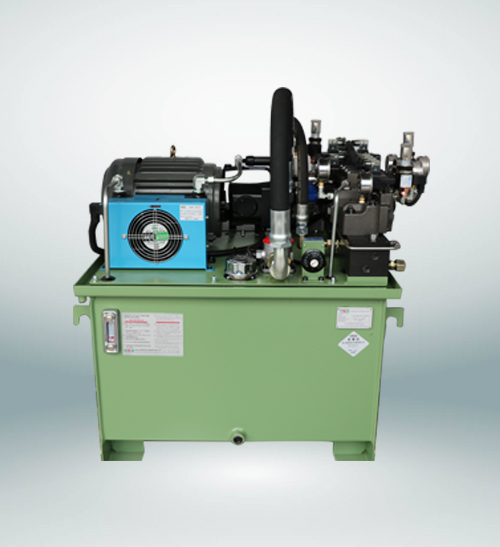
The green and environment-friendly hydraulic system planning criteria are incorporated into the natural environment criteria on the basis of the skills criteria, cost criteria and ergonomics criteria commonly used in traditional hydraulic system planning, and the natural environment criteria are given priority. The guidelines for planning environment-friendly hydraulic systems can be summarized as follows:
(1) Resource utilization criteria
Use less or rare raw materials, try to find substitute materials, and use more waste materials, surplus materials or recovered materials as raw materials; Improve the reliability and service life of products; Try to reduce the types of data in the product to facilitate the useful recovery after the product is discarded.
(2) Zero pollution criterion
Try to use less or no toxic and harmful raw materials.
(3) Less energy loss criterion
The data with good compatibility shall be selected as far as possible, and the data that is difficult to recover or cannot be recovered shall not be selected; On the basis of ensuring the availability of the product, we should give the product a reasonable service life and strive to reduce the energy consumption in the use of the product.

(4) Progressiveness criteria of skills
Optimize the function of the product, establish a "small and refined" planning thinking in the structural planning, and try to save the use of resources through the miniaturization of products under the same function, such as selecting lightweight materials, removing the remaining functions, preventing excessive packaging, etc., to reduce the product weight.
Simplify the product structure and launch the planning criteria of "simplicity and beauty", such as reducing the number of parts, which is convenient for assembly and disassembly as well as classification after abandonment; Modular planning is selected. At this moment, the product is composed of functional modules, which is not only conducive to the assembly and disassembly of the product, but also convenient for the recovery after abandonment.
In the process of hydraulic system planning, pay attention to the variety and serialization of products; Select reasonable process, simplify product processing flow, reduce processing procedures, and simplify the disassembly process, such as selecting a connection mode that is easy to disassemble, reducing the amount of fasteners, and trying to prevent destructive disassembly during structural planning; Simplify product packaging as much as possible and prevent secondary pollution.